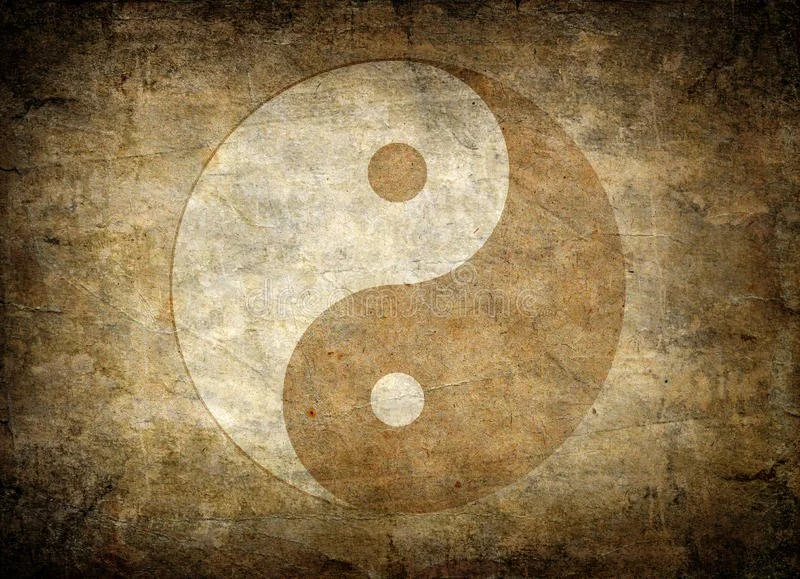Gender in the balance.
In my academic writing I take the position that each of us are bi-gendered, or even gender-fluid in psychological terms. But what does that mean in straight-forward, everyday language? Setting aside for now the legitimacy of a male-female binary (which I will return to), I shall try and explain without the jargon, what it means to me.
How many of us have known men that are considered to some degree “feminine” or women that are to some degree “masculine”? All of us, I imagine. And don’t we all also frequently observe people being both, sometimes more one than the other, but being different at different times?
Now, I can just imagine that anyone reading this who is already invested in the language of non-binary gender will feel their hackles rising. But it is not those people I seek to address, for what point is there in preaching to the converted? It is the many, many people who think in terms of men and women that I am keen to engage with here.
Whether or not one is familiar with ancient Chinese philosophy, I don’t doubt that most of us are familiar with the yin-yang symbol, a circle containing two equally sized curved teardrop shapes, one black and one white, that nestle together in tessellation. The black shape contains a small white dot and the white shape a black one.
This symbol is said to represent the union of contrary natural forces such as light and shadow which, while being opposites are also entirely interrelated and interdependent – one cannot exist without the other. The contrasting dots in each curved teardrop shape illustrate that the dark contains light, and light contains dark to the extent that they are inextricably linked. Indeed, according to the philosophy the resulting unity and equilibrium create a whole not only far greater than the sum of the parts, but also represent the order of life emerging from cosmic chaos.
I don’t particularly subscribe to the belief that there are personality characteristics that are male or female in the way we normally use those terms. Similarly I don’t find it helpful to think of the dark yin as woman and the light yang as man, which is an over-simplistic interpretation of the philosophy. However, the notion that each of us contains yin energy or characteristics but also yang properties, regardless of our biological sex or socially constructed gender, seems more plausible and reflects better the world I observe around me.
So, this is essentially the way that I understand gender as non-binary, and each of us as bi-gendered or gender fluid. The binary of human biological reproduction in a social context sets the foundation in the psyche for a mother-father, female-male binary which maintains throughout our lives. We each contain within us mother and father, female and male. Not one of us is entirely male, or entirely female. We are each both.
Of course, this is not the same as saying that there is no such thing as sexual difference, or biological differences between sexes. The problem is the labels we use and the fact that when we talk about gender, about being male or female, we are making assumptions, that being of male biological sex or female biological sex means that we should behave only in these certain ways or those certain ways. It is a sad fact that even the science we rely on to inform our beliefs about gender is too often flawed, (Cordelia Fine’s books Delusions of Gender and Testosterone Rex do an excellent job revealing this) so this is not entirely surprising. Of course, this erroneous science takes place in a social and cultural context which only serves to perpetuate unhelpful received wisdoms: “A woman’s place is in the home.” “Man up”, “don’t be such a girl” “boys don’t cry” etc.
It is my experience that both men and women suffer great harms from the notion that male and female are irreconcilable polar opposites, with greater differences than similarities. It is also my lived experience that this binary of being only one way as male or only one way as a female, is simply not reflective of reality. To my mind then, while we do need to recognise the biological differences between female and male biological bodies to create a safe and respectful society, in terms of gender we should focus more on the greater similarities we share as members of the human family.
Rather than living in a world where we create ever more sub-divisions of gender identity, focussing on difference, I want to live in a world where one’s biological sex does not entirely determine one’s identity. I celebrate the idea that being a man or being a woman can take many different forms and that whatever one’s biological sex, each of us necessarily contains within us both “femaleness” and “maleness”.
